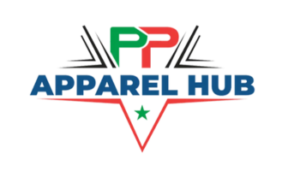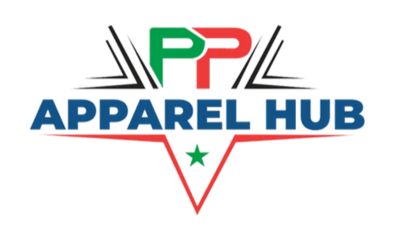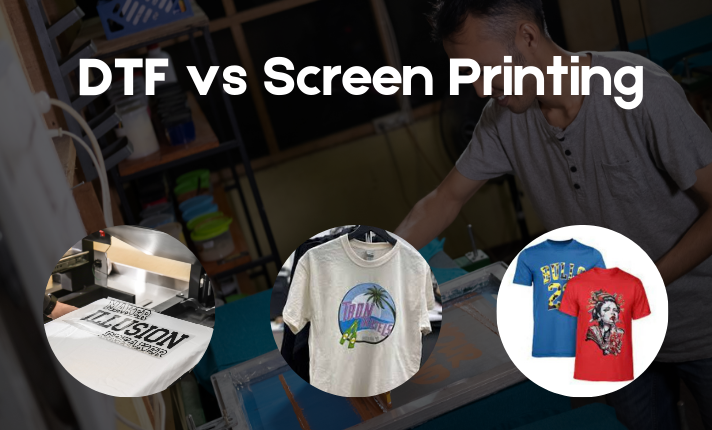In the world of custom apparel, printing techniques are key to ensuring the highest quality designs for a wide variety of products. Among the most popular methods are DTF printing and screen printing. While both offer incredible results, they come with their own sets of advantages and limitations, making them suitable for different needs.
Here, we’ll discuss the difference between DTF and screen printing, and which one might be better for individual or business use.
What’s the Difference Between DTF and Screen Printing?
Screen printing is an age-old technique that involves creating a stencil (or screen) of the design and using it to apply ink directly onto the fabric. This process works best for larger orders and designs with few colors, making it ideal for mass production. However, the setup can be time-consuming and costly, particularly for smaller orders.
On the other hand, DTF printing (Direct-to-Film printing) is a newer, more advanced method. In this process, the design is first printed onto a special film and then transferred to the fabric using heat and pressure. Unlike screen printing, DTF printing allows for much more intricate designs with an unlimited range of colors, making it ideal for smaller, custom jobs or complex artwork.
So, what’s the bottom line? If you’re looking for a cost-effective, high-volume method for simple designs, screen printing is your best bet. But if you want vibrant, detailed designs on demand and you’re dealing with a smaller order, DTF printing might be the right choice.
DTF Printing
DTF printing has been gaining traction in recent years as a versatile and efficient method for printing custom designs on various materials. This technique is relatively new compared to screen printing, but it offers a lot of advantages, particularly for smaller runs or complex designs. The process involves printing a design on a special transfer film using a printer that is compatible with DTF technology. After the design is printed, it’s coated with a layer of adhesive powder, and then heat is applied to transfer the design onto the garment.
One of the biggest benefits of DTF printing is its ability to print full-color, high-resolution images onto virtually any fabric. This means that intricate designs, gradients, and photo-like prints can be transferred with ease. It’s also highly flexible, as it allows for printing on fabrics that might be difficult or impossible with traditional screen printing, such as polyester, nylon, or mixed-material garments.
The DTF printing process doesn’t require screens or stencils, making it more efficient for custom designs and small batches. Since it doesn’t require the setup time of screen printing, DTF printing can be more cost-effective for smaller orders, where traditional methods might not be as feasible.
Pros of DTF Printing:
- High-quality, full-color prints
- Suitable for complex designs and gradients
- Faster setup times compared to screen printing
- Works on a wide range of fabrics and materials
- Low setup costs for small batches
Cons of DTF Printing:
- Might be more expensive for large-volume runs
- Requires specialized equipment and supplies
- Transfer process may require heat press machines, adding an extra step
Screen Printing:
Screen printing is a well-established printing method, dating back to ancient China but refined over time to become a staple in the garment printing industry. It involves creating a stencil (or screen) of the design, which is then placed on a garment. Ink is pushed through the screen using a mesh, transferring the design onto the fabric. The process is often repeated for each color in the design, making it ideal for designs that use fewer colors.
One of the main benefits of screen printing is its efficiency for high-volume orders. Once the screens are prepared, it’s easy to apply the design to a large number of garments quickly and consistently. This makes it the go-to choice for businesses that need to print hundreds or thousands of shirts in bulk. The ink used in screen printing is also more durable and long-lasting, making it ideal for designs that will endure regular wear and washing.
However, screen printing does have some drawbacks. The initial setup process, including screen creation and ink mixing, can be time-consuming and expensive. For smaller runs or multi-colored designs, screen printing can be less cost-effective than other methods. Additionally, the technique is best for designs with relatively simple shapes and fewer colors.
Pros of Screen Printing:
- Ideal for large-volume orders
- Durable and long-lasting prints
- Best for simple, multi-color designs
- High-quality, vibrant colors
- Cost-effective for bulk orders
Cons of Screen Printing:
- Expensive setup costs for small runs
- Limited to designs with fewer colors and simple shapes
- Long setup time, especially for multi-color designs
- Not suitable for small batches or intricate details
Screen Print Transfers: The Middle Ground
For businesses or individuals who want the benefits of screen printing but are working with smaller batches or intricate designs, screen print transfers can offer a great solution. This method involves printing a design onto a transfer paper using screen printing techniques and then applying it to the garment using heat.
Screen print transfers bridge the gap between traditional screen printing and other methods, such as DTF printing. While screen print transfers can offer some of the same durability and vibrancy as traditional screen printing, they are much more versatile and suitable for smaller orders.
This method is useful for custom apparel, where each item is unique. It’s also great for designs that require multiple colors or intricate details. The setup time for screen print transfers is quicker than traditional screen printing, and it’s easier to handle smaller runs without incurring the same costs associated with the traditional screen printing setup.
Pros of Screen Print Transfers:
- Quicker and more affordable than traditional screen printing for smaller orders
- Vibrant, durable prints
- Ideal for complex, multi-color designs
- Works well for short runs or one-off items
Cons of Screen Print Transfers:
- Not as cost-effective as DTF for extremely small orders
- Less durable than traditional screen printing in some cases
- Requires a heat press for application, adding another step
Quick Overview for Businesses
When we talk about DTF vs screen printing for businesses, the choice depends on several factors. If your business focuses on bulk orders and high-volume production, screen printing is the most efficient and cost-effective choice. The durability and longevity of the ink used in screen printing make it ideal for large quantities and long-lasting designs. However, the upfront costs and setup time can be a challenge.
For smaller businesses or those dealing with custom orders, DTF printing may be the better option. With faster setup times, the ability to print complex designs, and lower upfront costs, DTF printing provides flexibility without compromising quality. It’s ideal for businesses that deal with a variety of custom designs and smaller order volumes.
For businesses seeking a middle ground, screen print transfers are a great option. They offer the flexibility and speed of DTF printing but with the durability of screen printing, making them a solid choice for custom apparel businesses.
Differences Between DTF, Screen Printing, and Screen Print Transfers
| Feature | DTF Printing | Screen Printing | Screen Print Transfers |
|---|---|---|---|
| Fabric Compatibility | All fabrics | Mostly cotton | All fabrics |
| Setup Cost | Low | High | Medium |
| Ideal Order Size | Small to medium runs | Large runs | Small to medium runs |
| Durability | High | Very high | High |
| Design Complexity | High | Moderate | Moderate |
DTF vs. Screen Prints For Individuals and Brands
For individuals or small brands looking to create custom apparel, DTF printing might be the most appealing option. It offers the flexibility of full-color designs and works well for small batches, meaning you can produce limited-edition shirts or one-off designs without worrying about costly setup fees.
For larger brands or businesses focused on mass production, screen printing remains a reliable choice. It’s great for high-volume runs and offers durable, high-quality prints. For brands looking for a balance between quality and cost-efficiency, screen print transfers offer an attractive option for custom designs with more flexibility.
Which Is Better: DTF or Screen Printing?
The choice between DTF printing and screen printing depends on your specific needs. If you’re working on a small-scale project with complex, full-color designs, DTF printing is the way to go. For larger orders with fewer colors and simpler designs, screen printing offers more cost-effective solutions.
For businesses and individuals looking for a compromise, screen print transfers offer a versatile middle ground. No matter what you choose, each of these printing methods has its own advantages and can help bring your creative vision to life.
FAQ
Does DTF last as long as screen printing?
Yes, DTF Printing can last as long as Screen Printing if done correctly. Both methods create durable prints, but the longevity of DTF Printing depends on factors like the quality of the film and the heat press process.
Is DTF better quality than screen printing?
In terms of detail and color vibrancy, DTF Printing is often superior, especially for designs with gradients or intricate patterns. However, Screen Printing remains unbeatable for simple designs that require durability.
Can DTF replace screen printing?
Yes, DTF Printing can replace Screen Printing for many types of projects, especially those requiring fine details or multi-color prints. However, for large orders of simple designs, Screen Printing may still be the more cost-effective option.
What is the disadvantage of screen printing?
The main disadvantage of Screen Printing is its setup time and cost. Creating multiple screens for each color can be labor-intensive and expensive, making it less ideal for small runs or intricate designs.
Do screen print transfers last?
Yes, Screen Print Transfers are durable, but they may not last as long as traditional Screen Printing. The longevity depends on factors like fabric type and how the garment is cared for.



